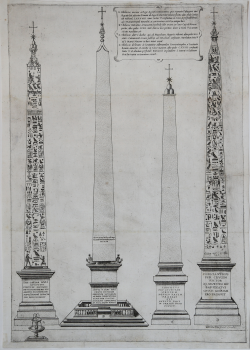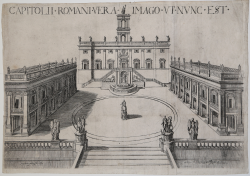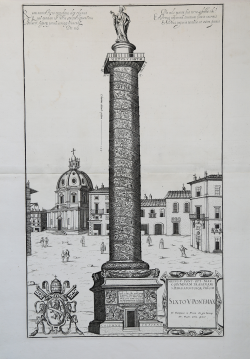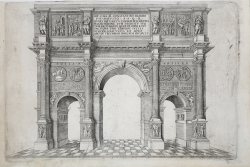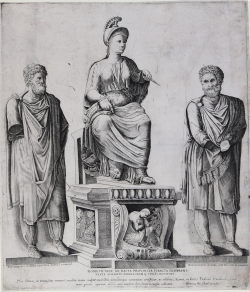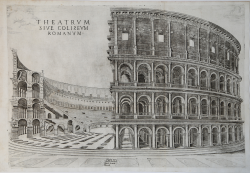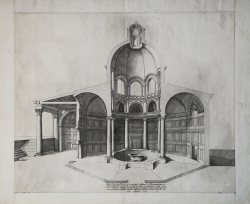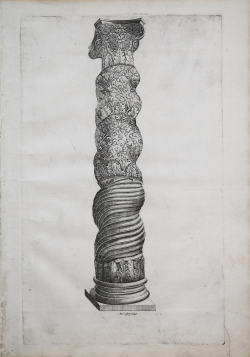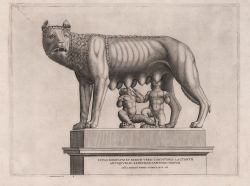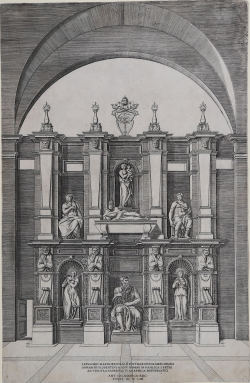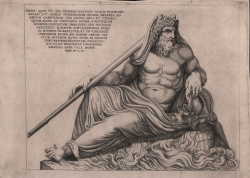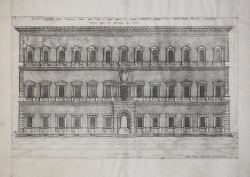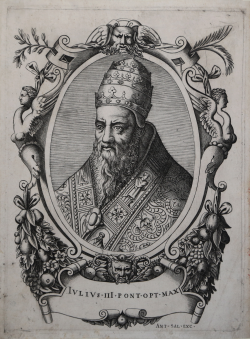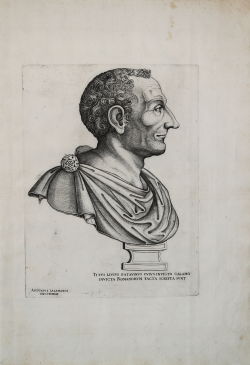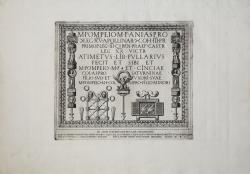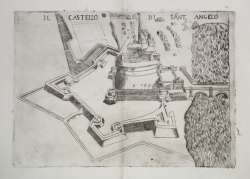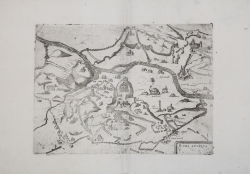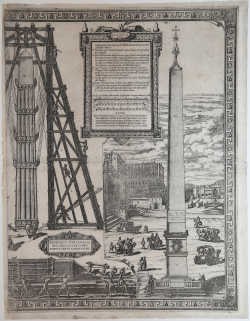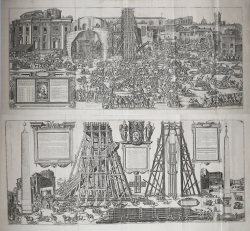CAPITOLII · ROMANII · VERA · IMAGO · VT · NUNC · EST ·
Nicolas van AELST
Code:
S40588
Measures:
530 x 375 mm
Year:
1600 ca.
Trajan's Column with the statue of St. Peter
Nicolas van AELST
Code:
S6592
Measures:
320 x 540 mm
Year:
1589 ca.
The Roma Cesi or Allegory of Rome
Nicolas Beatrizet detto BEATRICETTO
Code:
S20850
Measures:
380 x 445 mm
Year:
1549
PANTHEI FIDELISSIME DIMENSI EXTERIOR ET INTERIOR PARS EX ANTIQVO...
Nicolas Beatrizet detto BEATRICETTO
Code:
S40234
Measures:
470 x 360 mm
Year:
1553
Baptistery of San Giovanni in Laterano
Nicolas Beatrizet detto BEATRICETTO
Code:
S45056
Measures:
500 x 410 mm
Year:
1550 ca.
Grotesque Winding Column in St. Peter's
Nicolas Beatrizet detto BEATRICETTO
Code:
S48722
Measures:
285 x 465 mm
Year:
1550 ca.
Lupae Romulum et Remum Urbis Conditores Lactantis Antiquum AC...
Nicolas Beatrizet detto BEATRICETTO
Code:
S29106
Measures:
345 x 260 mm
Year:
1552
Printed:
Rome
Tomb of Pope Julius II
Nicolas Beatrizet detto BEATRICETTO
Code:
S25307
Measures:
274 x 423 mm
Year:
1554
Statue of Ocean
Nicolas Beatrizet detto BEATRICETTO
Code:
S402020
Measures:
418 x 310 mm
Year:
1560
Printed:
Rome
Exterior orthographia frontis Farnesianae domus…
Nicolas Beatrizet detto BEATRICETTO
Code:
S402420
Measures:
535 x 335 mm
Year:
1549
Printed:
Rome
Portrait of Pope Giulio III
Nicolas Beatrizet detto BEATRICETTO
Code:
S30496
Measures:
217 x 300 mm
Year:
1550 ca.
Funeral inscription of Pompeius Asper
Nicolas Beatrizet detto BEATRICETTO
Code:
S45033
Measures:
270 x 235 mm
Year:
1551
Il Castello di Sant Angelo
Ferrando BERTELLI
Code:
S39332
Measures:
285 x 200 mm
Year:
1568
Printed:
Venice
Disegno del modo di condurre l'obelisco detto volgar[en]te la Guglia…
Natale BONIFACIO
Code:
S38064
Measures:
405 x 527 mm
Year:
1586 ca.
Innalzamento dell’Obelisco Vaticano
Natale BONIFACIO
Code:
S35062
Measures:
1130 x 502 mm
Year:
1586 ca.

